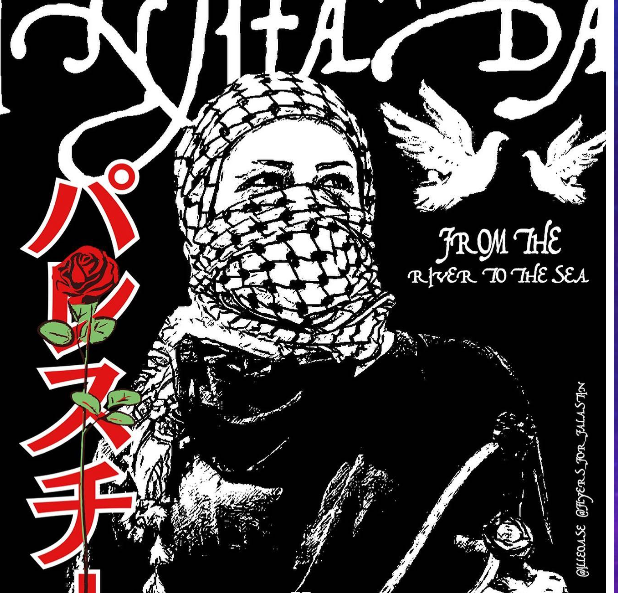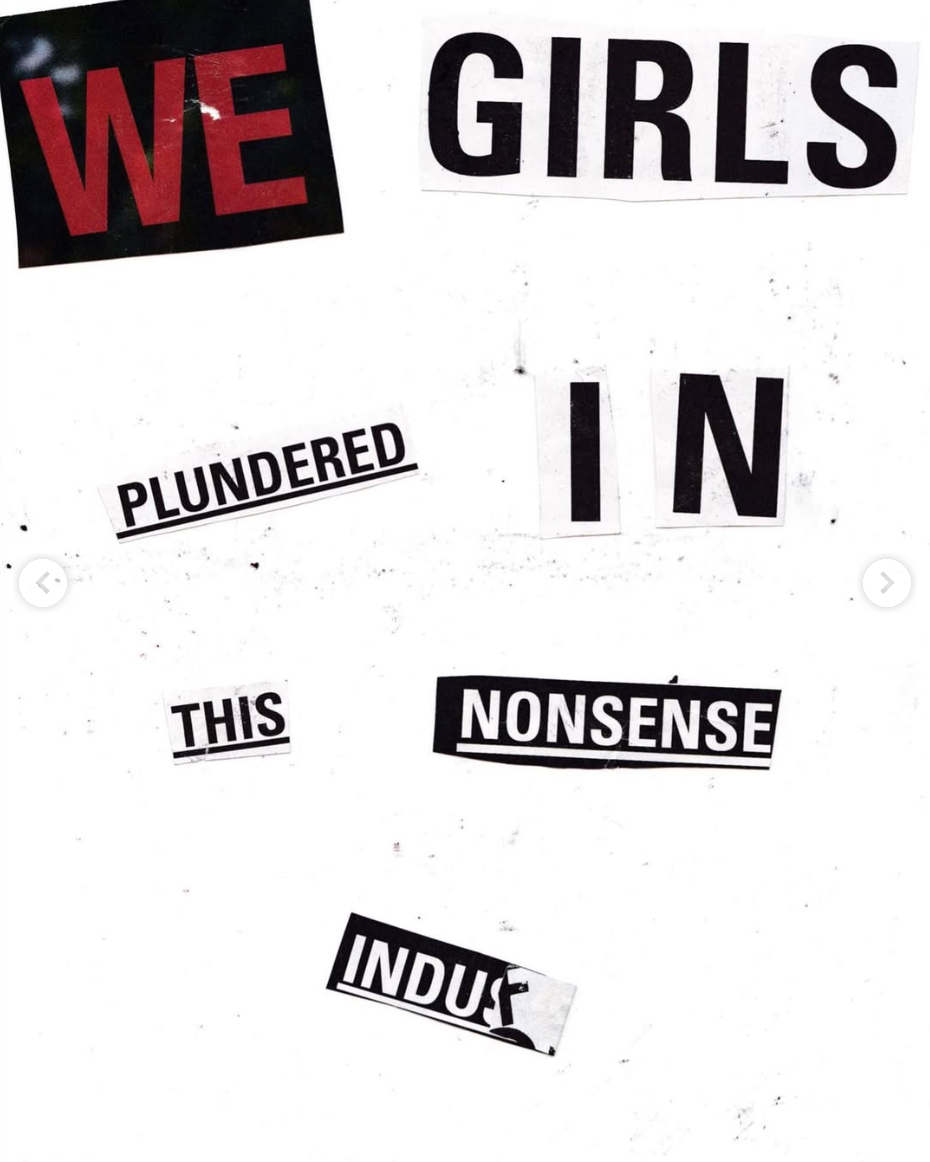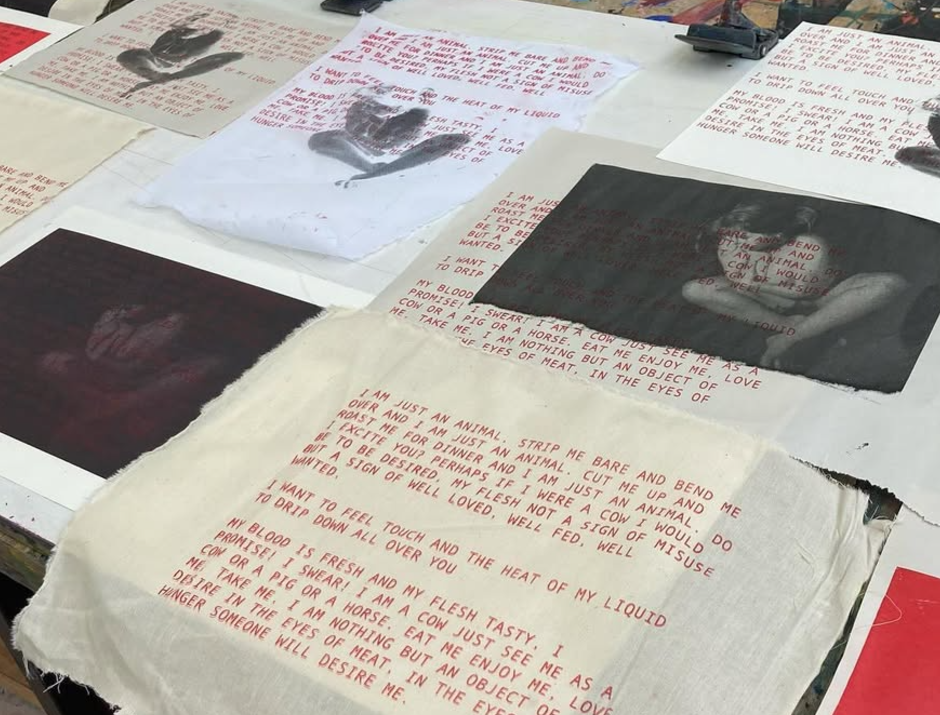Street protests and revolutions have long been effective ways to resist oppression throughout history, but not every voice of justice bellows from a national march.
These days, all sorts of creative tools are used to spark activism and promote awareness of social issues, including in universities where art students use their abilities to create for the greater good.
2nd year BA Illustration student, Tom Pavey, says that they want to incorporate abortion rights and trans healthcare into their next projects, given the current climate.
“There’s a lot of negative connotations around abortion and trans communities, especially in politics, and as a non-binary person, I think it’d just be nice to be part of the positive voice for trans people,” they went on to say.
On social media, artists have used their platforms to promote awareness on global issues, using their own art to communicate what’s happening.
With over 131K followers on Instagram, @flyers_for_falastin has received widespread admiration for posting illustrations created by various artists shining light on the current conflict in the Middle East.
The Belgium based account hopes this will encourage people to learn more about the issue by providing a visual explanation of what’s going on and what the public can do to support.
But online isn’t the only place where art is making a statement.
In September this year, students at the University of York held the exhibition, ‘Cultural Resistance: Celebrating Palestinian Art, Culture, and Heritage,’ seeking to display Palestinian art and how this has been shared to fight for freedom and justice.
The exhibition was put together to expose others to the current humanitarian crisis as well as to raise funds for a University of York alumnus who had been trapped in Gaza with his wife and their children, according to The Tablet.
Universities all over have felt the impacts of student activism, significantly regarding climate change and the Middle Eastern conflict – but how much can be incorporated into academic learning?
In their course, Tom is limited in what they can do, “illustration is really brief based, so you can’t really create work like feminism because it doesn’t match with the criteria.”
They explained that whilst they’d like to see more modules allowing the freedom to investigate further specific global issues, their course attempts to teach numerous elements of illustration for learning purposes.
“But fine art has plenty of space to explore what you want which is really nice to see.”
And Tom has the opportunity to do just that as their current housemate, Lily Buckingham, is studying a BA Fine Art degree at Falmouth.
She expresses that her “work is inherently about fatness and body dysmorphia,” a subject which holds significant value to her.
As a 3rd year, Lily is currently working on an artistic poetic film, placing herself at its center, with themes revolved around nature and bodies.
“I’m making it purposefully an interactive experience where only one person can view it at a time,” she says.
“I sculpted a mask of my face that you have to wear during the movie, so it’s like watching it through my eyes,” she explains that the aim of the project is discomfort, as it masquerades around the concepts of body image and naked humanity.
When asked why she creates projects such as this, her response was that “trying to find [art]work that makes you feel like its relatable is so hard, so when I’m making art, it doesn’t relate to anyone but myself. It’s for me.”
To hear more from Tom and Lily on their lectures and thoughts on artistic activism, watch the video here: https://youtube.com/shorts/UyCe6H0vOa8?feature=share


